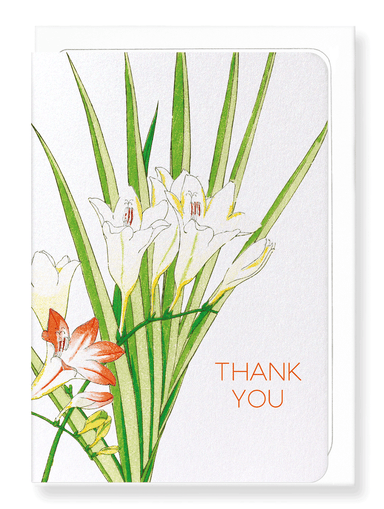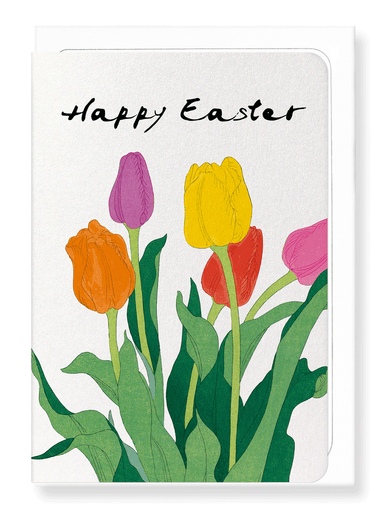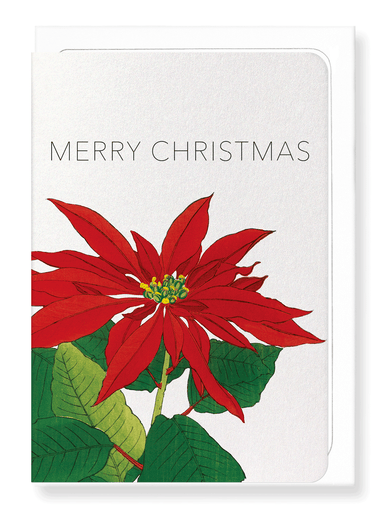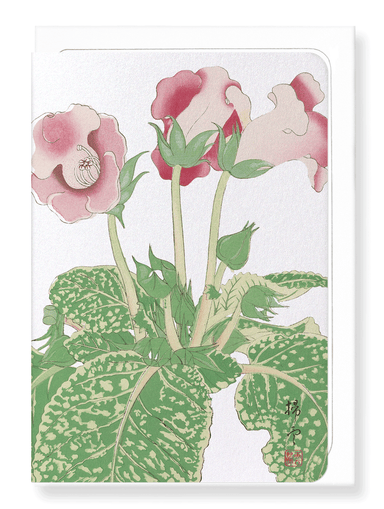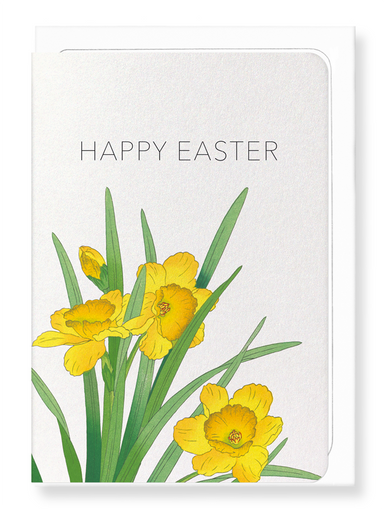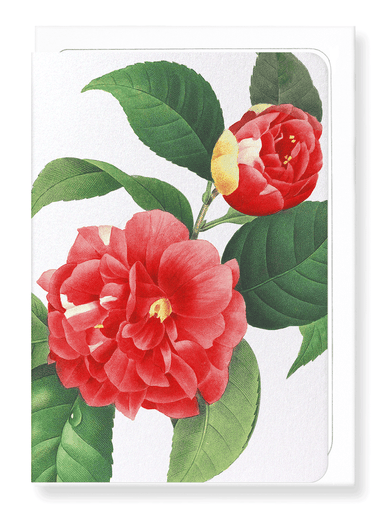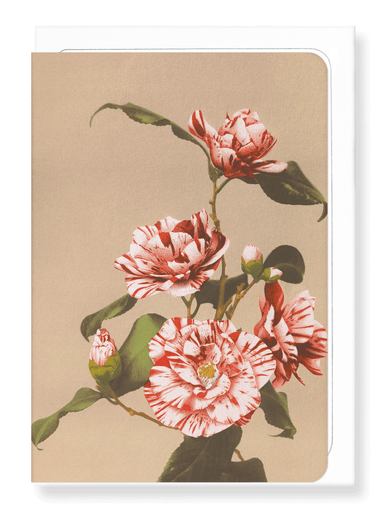Greeting card

LILY: Japanese Greeting Card
Login to view pricing
Text on the reverse side: The majestic lily has long held an important role in many cultures and for many centuries. The flower has been revered as...
View full details




